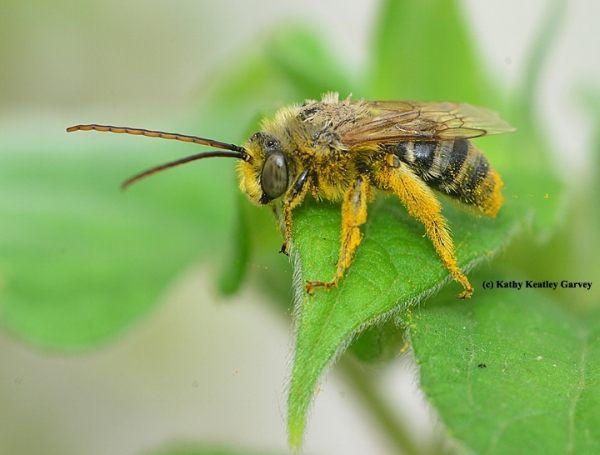The Long Horned Bee
Beebombs are dedicated to bringing all pollinators back by increasing wildflower habitat throughout the UK. 97% of which has been lost since WW2.
Intensive agriculture, urbanisation and increased use of ever more effective pesticides are causing declines in many of our native pollinators and we are set on improving this situation 21 square foot at a time.
Over the next few months, we'll be looking at a range of pollinating species and today we are focussing on the endagered Long Horned Bee.
Common Name: Long Horned Bee
Latin Name: Eucera longicornis
Infomation: The Long Horned Bee is one of the largest UK solitary bees. The male is easily identified by the long antennea that give it it's name.
Although solitary, the Long Horned Bee nests in colonies close to it's preferred habitat of legumes. Ideally nesting in soft, cleared ground and especially fond of soft chalk cliffs. The reduction in it's habitat through industrialised farming techniques, destroying the flowers it thrives on, has seen the Long Horn Bee population decline in the UK dramatically.
Concern Level: High
Distribution: Limited southern coastal areas in the South West, South East of England and the Southern Wales Coastline.
Best places to see: Coastal areas with soft rock cliffs and a range of legumes in flower. The Long Horned Bee emerges in May and forages until July.


